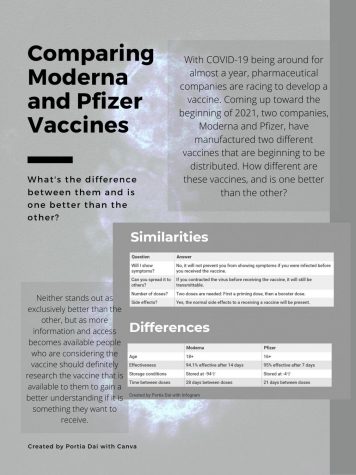The Institutionalization of Pop

Pop music has a distinct sound. Many people recognize the similar patterns and instruments used in each song. “Halo” by Beyonce and “Already Gone” by Kelly Clarkson are an extreme example of two songs sounding similar. These songs sound so similar, in fact, that they’ve sparked debate as to whether or not Kelly Clarkson plagiarized Beyonce. But the similarities between these two songs isn’t the work of any performing artist. The massive but hidden sound machine that produces the vast majority of America’s pop music is at work here.
The most prolific pop artist of our time is a Swedish songwriter, and almost no one knows who he is. His name is Karl Martin Sandberg, or better known as Max Martin. His work is most known for being sung by artists like Taylor Swift, Kelly Clarkson, the Backstreet Boys, NSync, Britney Spears, and Nicki Minaj. He was involved in the writing of Bad Blood,” “Worth It,” and “Can’t Feel my Face.” The list goes on and on.
Max Martin was born and raised in Stockholm. He took part in Sweden’s public music education program, and, at the age of 14, he joined the metal band It’s Alive. After trying to make it as an aspiring artist in Europe, he found himself under the wing of Denniz PoP and in the recording studio Cheiron. This is where his career took off. In 1996 the Backstreet Boys released their self titled album “Backstreets Boys”. He helped write songs like “Quit Playing Games (With My Heart)” and “Everybody (Backstreets Back)”. Ever since then, he has been heavily involved in the Pop music scene.
In the late 90’s he, along with Cheiron, developed a method for making music that was almost formulaic. Large committees would work to make the catchiest beat they could find, with the intention of filling, not head phones or small rooms, but stadium speakers. According to Seabrook, another prolific songwriter who works closely with Martin, they would emulate “abba’s pop chords and textures, Denniz PoP’s song structure and dynamics, ’80s arena rock’s big choruses, and early ’90s American R&B grooves.” Songs would be tested on focus groups before being released. Any music that they thought wouldn’t be a hit would be scrapped.
After creating the song, the producers had to find someone who could perform it. Songs are listed like Hollywood scripts. First A listers, then B listers, then aspirants. Applicants could try out and would be picked based on whether the song fit their brand and how well the applicant could pull it off. This process is what brought artists like Rihanna and Britney Spears into the limelight.
The fact that a huge amount of modern Pop music is written by the same handful of middle aged Swedish men that, many Pop artists manufactured by, is something that the music industry closely protects. Although none of this is a secret, recording studios and record labels go to great lengths to downplay these writers involvement in almost every song. For example, a performer’s name will often appear on their list of songwriters, even if they barely contributed to actually writing the song. This is to create the illusion that the performing artist had more of a hand in writing their music than what happened in reality.






